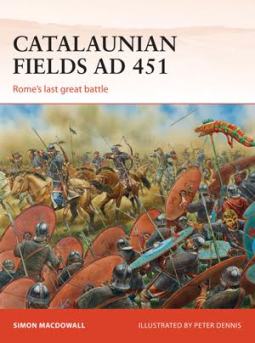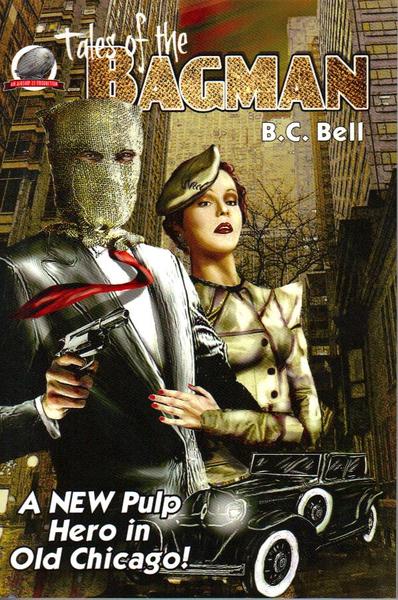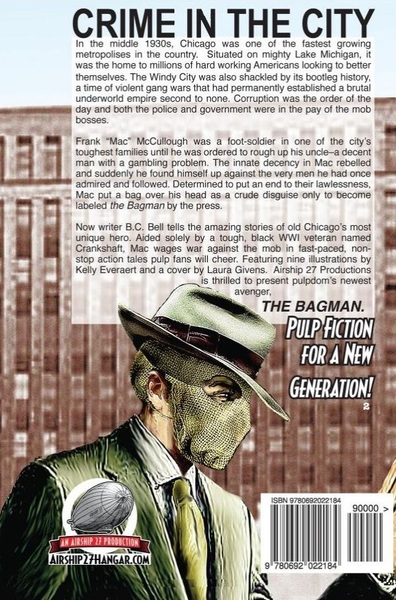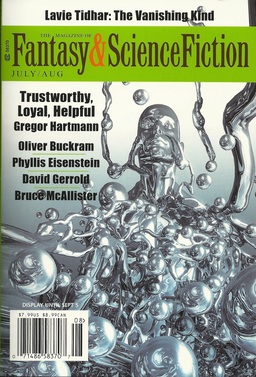The Public Life of Sherlock Holmes: Mycroft’s Job
 One of the things I enjoy about being a Sherlockian (no, I don’t mean a fan of the BBC television show) is the way ‘one thing leads into another’ and you can explore all kinds of avenues and lanes, wandering here and there, encountering interesting stuff. That was a long sentence!
One of the things I enjoy about being a Sherlockian (no, I don’t mean a fan of the BBC television show) is the way ‘one thing leads into another’ and you can explore all kinds of avenues and lanes, wandering here and there, encountering interesting stuff. That was a long sentence!
I was fortunate enough to be included in the upcoming MX Book of New Sherlock Holmes Stories – Part V. In the early part of my story, The Case of the Ruby Necklace (yes, I know, captivating title), I had cause to include a passage from A Study in Scarlet:
“Well, I have a trade of my own. I suppose I am the only one in the world. I’m a consulting detective, if you can understand what that is. Here in London we have lots of Government detectives and lots of private ones. When these fellows are at fault, they come to me, and I manage to put them on the right scent. They lay all the evidence before me, and I am generally able, by the help of my knowledge of the history of crime, to set them straight. There is a strong family resemblance about misdeeds, and if you can have all the details of a thousand at your finger ends, it is odd if you can’t unravel the thousand and first.”
“And these other people?” I asked, regarding the many strangers that visited our rooms for private sessions with Holmes. I had wondered if he were not some kind of fortuneteller and too embarrassed to tell me so.
“They are mostly sent on by private enquiry agencies. They are all people who are in trouble about something, and want a little enlightening. I listen to their story, they listen to my comments, and then I pocket my fee.”
“But do you mean to say,” I said, “that without leaving your room you can unravel some knot which other men can make nothing of, although they have seen every detail for themselves?”
“Quite so. I have a kind of intuition that way. Now and again a case turns up which is a little more complex. Then I have to bustle about and see things with my own eyes. You see I have a lot of special knowledge, which I apply to the problem, and which facilitates matters wonderfully. Observation with me is second nature.”

 Ah, June. Not a bad month at all, now that I look back on it.
Ah, June. Not a bad month at all, now that I look back on it.






